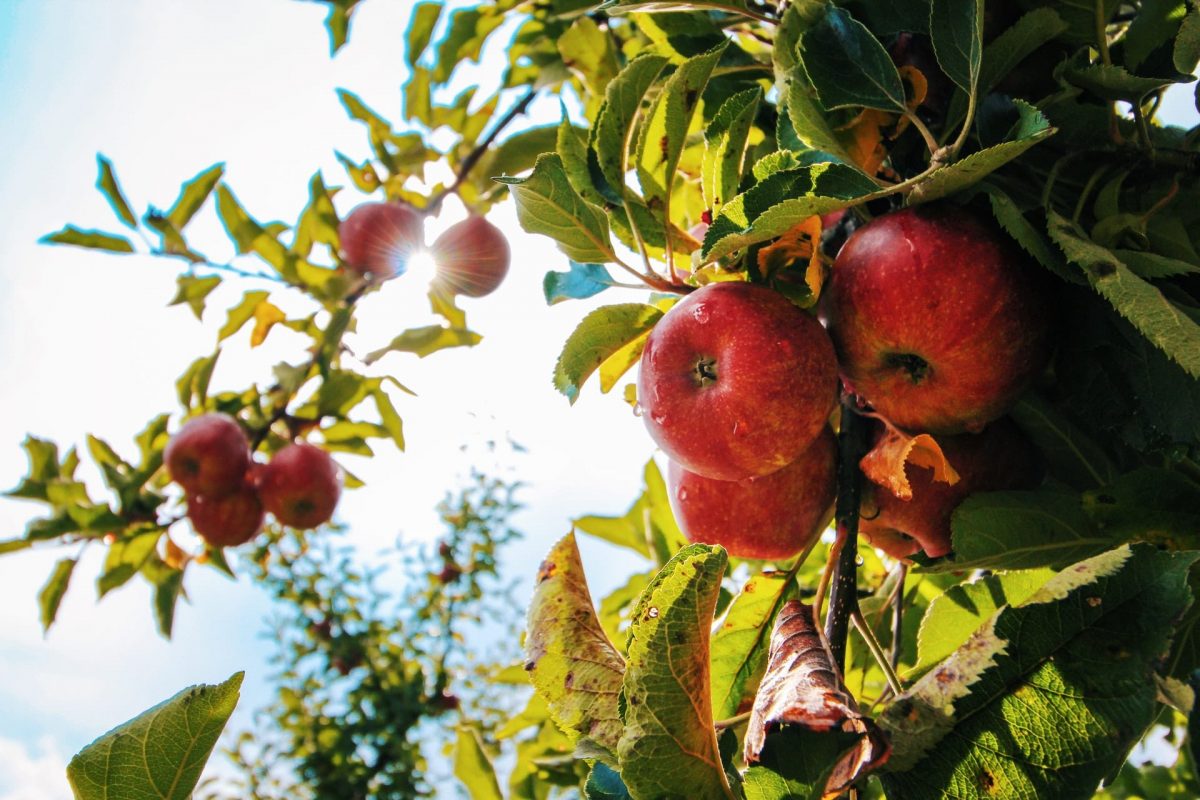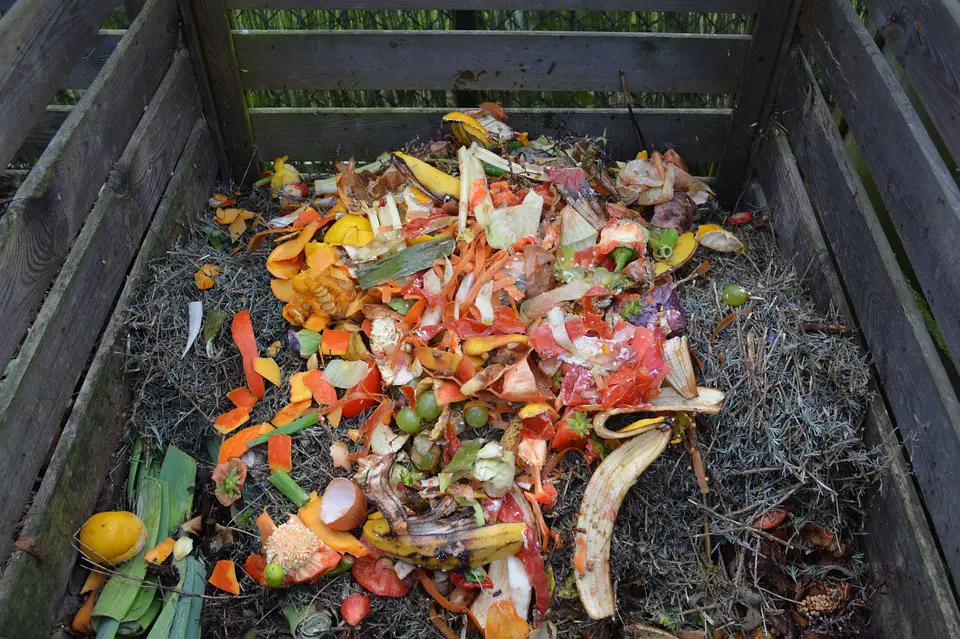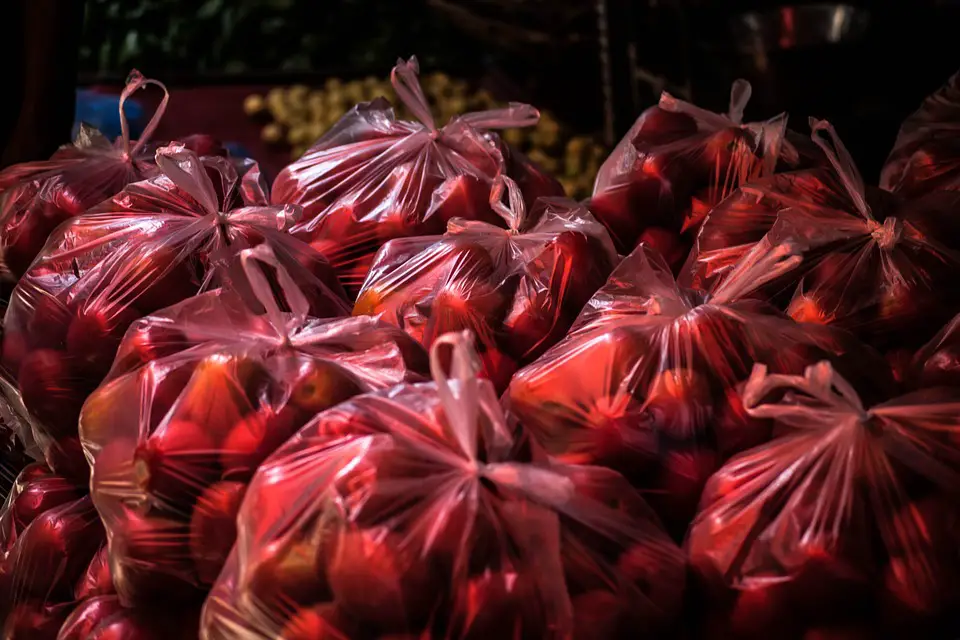Sharing is caring!
Choosing the right live stock is one of the first steps of creating a proper homestead. Choosing between goats and sheep can be most confusing as their differences might not be that apparent to inexperienced eyes. So, if you are struggling to choosebetweengoats or sheep for homestead then this article may give you some closure.
If you have to choose just one, goats are the better option for your homestead. Sheep and goats are both important assets to have on any homestead, but the choice between them often depends upon your preferences. Sheep can be difficult work with at times because they tend to be flighty creatures who don’t like being held or touched by humans; this isn’t such a problem for farmers that simply want wool from their flock. Goats, as intelligent animals, will require more of an effort when it comes to training them than sheep do – however in return you’ll receive meat (sometimes), milk production if bred correctly during mating season has passed, mohair which is valuable textile fiber used for making fabric** and other textiles****.
If you want to make an informed decision, you can find more details if you just keep reading.
Goats vs. Sheep – Which Is Better for Homesteading?
Whichever option you choose, it’s going to benefit you ultimately. But it also depends on the facilities you have at your homestead and the efforts you’re willing to invest.
Sheep are perfect for small homesteads in the rural area. They’re straightforward to deal with besides being smart and intelligent. Moreover, they suffer from fewer illnesses compared to goats. They’re relatively more docile than goats, who happen to be the king of troublemakers.
Besides, sheep will always eat grass as they are grazers. Goats will also turn to grass, but not with the consistency of sheep. They will also prefer to eat shrubs, twigs, and other leafy greens. You won’t be successful trying to keep them off of anything in their line of sight. Fortunately, that also includes weeds!
Sheep, on the other hand, will mostly eat grass except for areas on which they relieve themselves.
You will hardly find a day without commotion with goats around. They make incredible companions and care a lot for their owners. However, they are a master of the art of escaping and try to jump over your fence. So, you’ll also have to keep fencing costs in mind if you choose to get goats for your homestead.
With sheep you have to keep their wool sheered in the summer to keep them from overheating. But goats can’t stand wet places, so you’ll need special shelters for these animals too. Sheep are typically scared of new people and environments, due to this fact they don’t like being held or restrained either.
So, you’ll find better comfort in handling goats in this situation. That includes vaccination, deworming, and trimming the nails. Plus, the dairy products and meat of goats are healthy and have a lot…

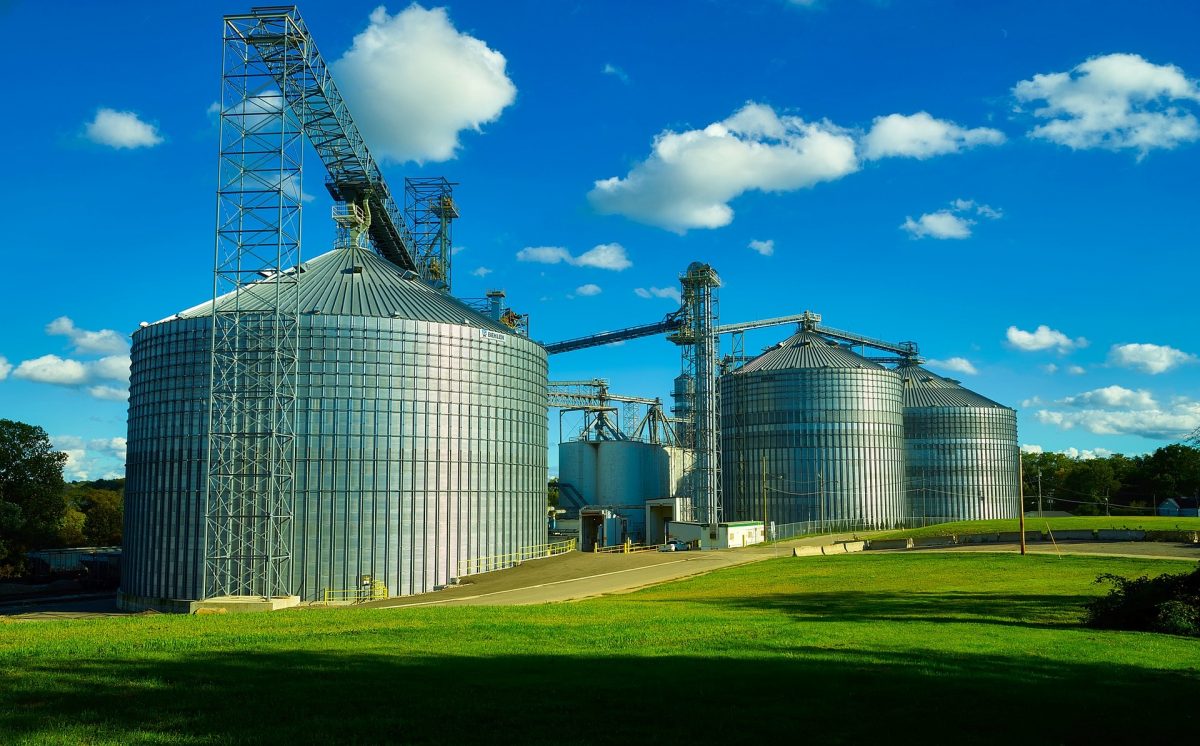
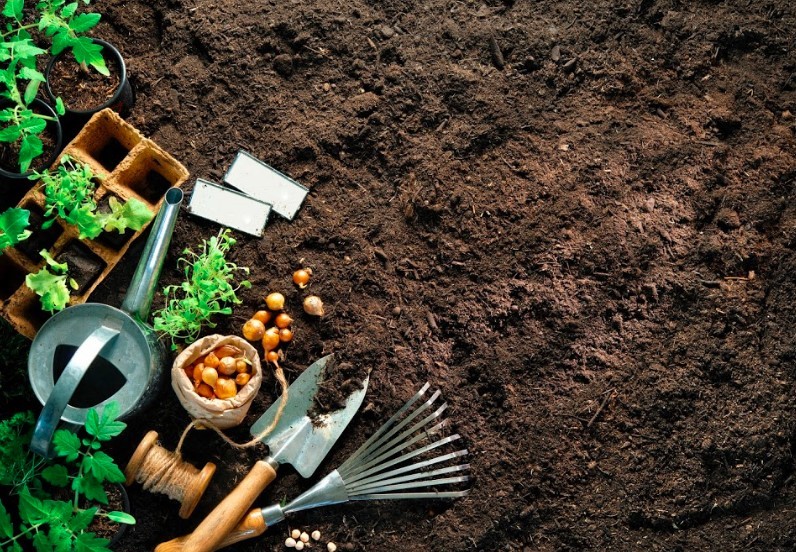
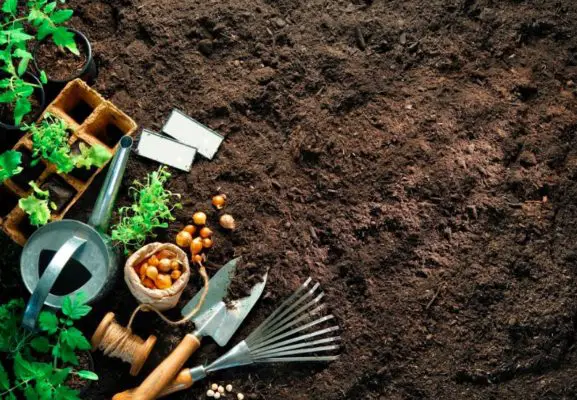



 Chelsea Green
Chelsea Green 

